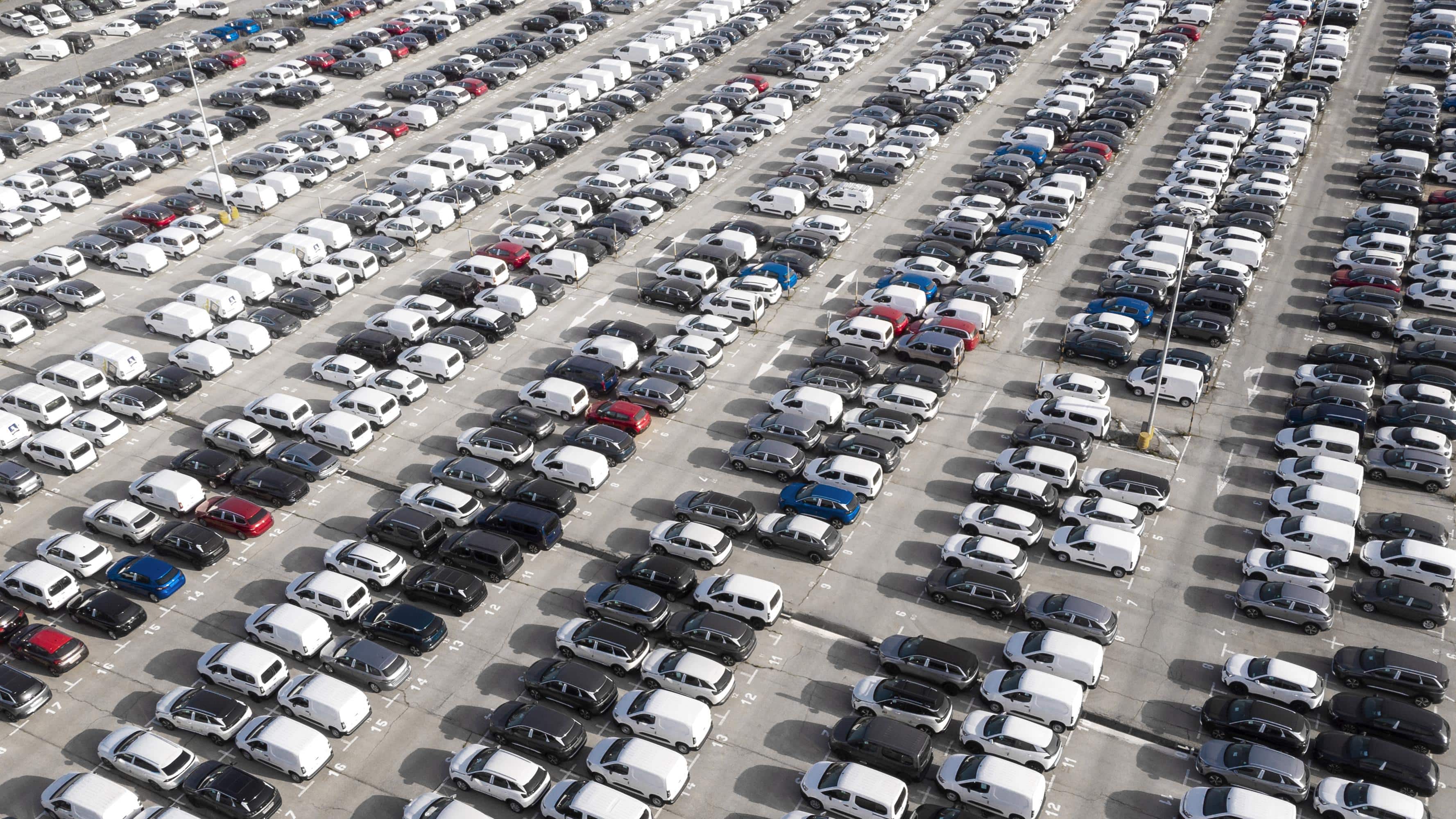
Table Of Content
Tackling Waste and Toxicity in Vehicles: The Objectives and Requirements of the ELV Directive
The ELV Directive sets targets for reusing, recycling, and recovering ELVs and their components, while prohibiting the use of hazardous substances in new vehicles. This includes restricted metals such as lead, mercury, cadmium, and hexavalent chromium, with exemptions for instances where there are no alternatives. The exemptions are detailed in annex II of the Directive.
Objectives of the ELV Directive:
- Limit and prevent waste from ELVs and their components
- Improve environmental performance in the life-cycle of vehicles
Restricted metals under the ELV Directive:
- Lead: 0.1% (1000 ppm)
- Mercury: 0.1% (1000 ppm)
- Chromium VI: 0.1% (1000 ppm)
- Cadmium: 0.01% (100 ppm)
These limits are applied to homogeneous materials.
How ComplyMarket can help you:
- ComplyDoC: is an intelligent IT and first ever open source code cloud solution for Supply Chain sustainability, chemical & product compliance Management to collect information from suppliers.
- Ad-hoc consulting: ComplyMarket team has extensive experience in providing regulatory support to ELV Directive.
Share with your community
Comments
Leave a comment or ask a question


